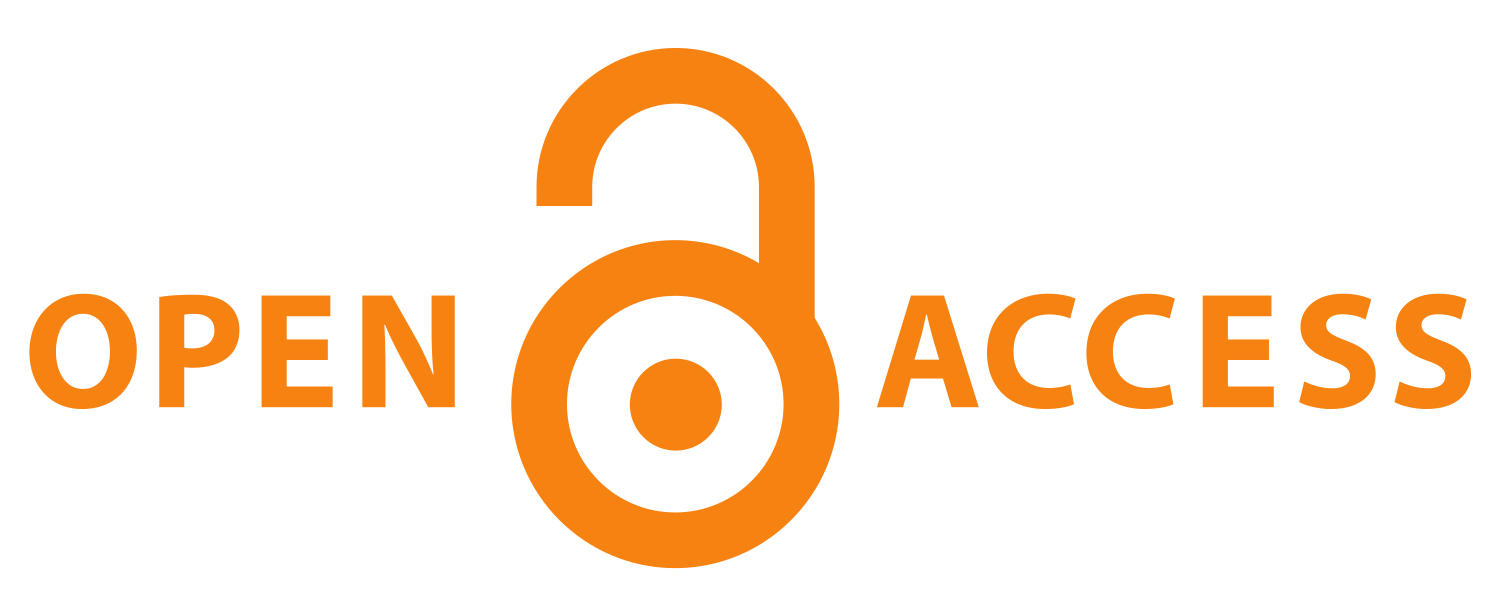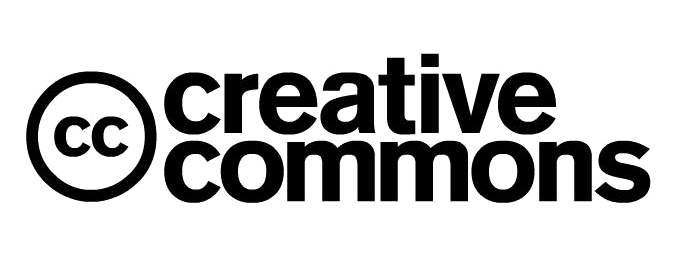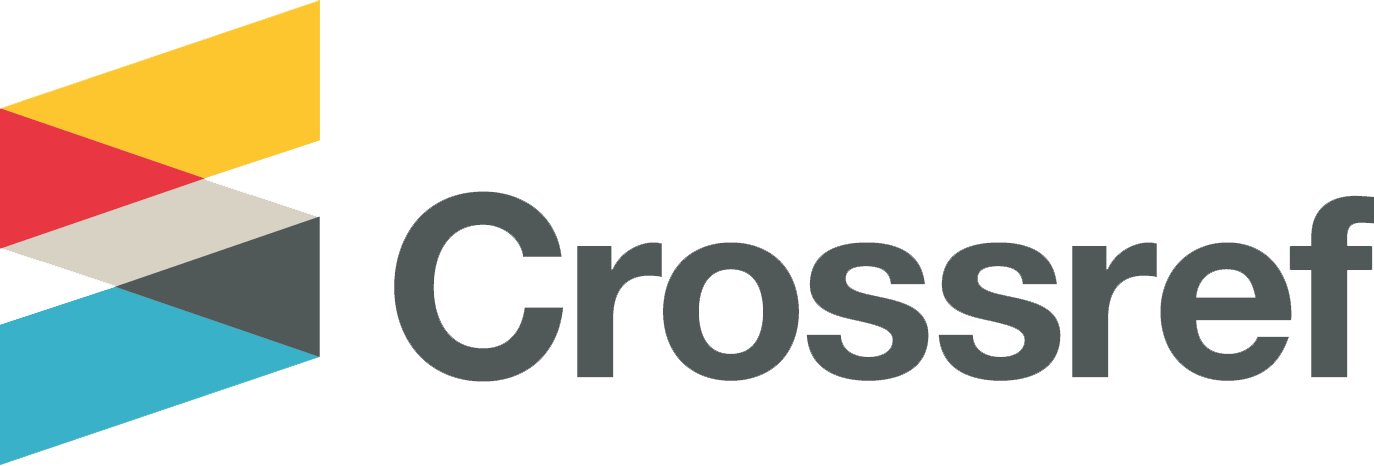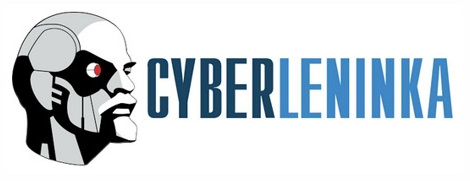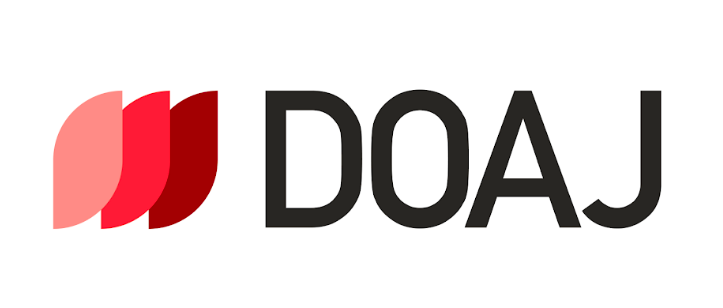The forces and Penrose process in Friedman spacetime
DOI:
https://doi.org/10.33910/2687-153X-2021-2-2-81-86Keywords:
FRW metric, inertial forces, Ellis system, apparent horizon, geodesics, negative energy, Penrose processAbstract
In this paper, we compare the force expressions in both comoving synchronous and Ellis coordinate systems in Friedman-Robertson-Walker spacetime in order to understand how the coordinate transformation affects the inertial forces. We also studied the negative energy problem in Ellis system. The Penrose process is possible outside the apparent horizon due to the fact that the line element has off-diagonal term. However, only the movement towards infinity is possible; we offer the way how one can ascertain that this effect took place outside the apparent horizon.
References
Chandrasekhar, S. (1998) The mathematical theory of black holes. New York: Oxford University Press, 646 p. (In English)
Grib, A. A., Pavlov, Yu. V. (2021) Some effects of different coordinate systems in cosmology. The European Physical Journal Plus, 136 (3), article 318. https://doi.org/10.1140/epjp/s13360-021-01249-7 (In English).
Hartle, J. B. (2002) Gravity: An introduction to Einstein’s general relativity. Boston: Addison Wesley Publ., 608 p. (In English)
Landau, L. D., Lifshitz, E. M. (1980) Course of theoretical physics series. Vol. 2. The classical theory of fields. 4th ed. Oxford: Butterworth-Heinemann, 444 p. (In English)
Vladimirov, Yu. S. (2009) Klassicheskaya teoriya gravitatsii [Classical gravity theory]. Moscow: Publishing house “Librokom”, 264 p. (In Russian)
Weinberg, S. (2008) Cosmology. Oxford: Oxford University Press, 544 p. (In English)
Weinberg, S. (1972) Gravitation and cosmology: Principles and applications of the general theory of relativity. New York: John Wiley & Sons Publ., 657 p. (In English)
Downloads
Published
Issue
Section
License
Copyright (c) 2021 Andrey A. Grib, Vitalii D. Vertogradov

This work is licensed under a Creative Commons Attribution-NonCommercial 4.0 International License.
The work is provided under the terms of the Public Offer and of Creative Commons public license Creative Commons Attribution 4.0 International (CC BY 4.0).
This license permits an unlimited number of users to copy and redistribute the material in any medium or format, and to remix, transform, and build upon the material for any purpose, including commercial use.
This license retains copyright for the authors but allows others to freely distribute, use, and adapt the work, on the mandatory condition that appropriate credit is given. Users must provide a correct link to the original publication in our journal, cite the authors' names, and indicate if any changes were made.
Copyright remains with the authors. The CC BY 4.0 license does not transfer rights to third parties but rather grants users prior permission for use, provided the attribution condition is met. Any use of the work will be governed by the terms of this license.

